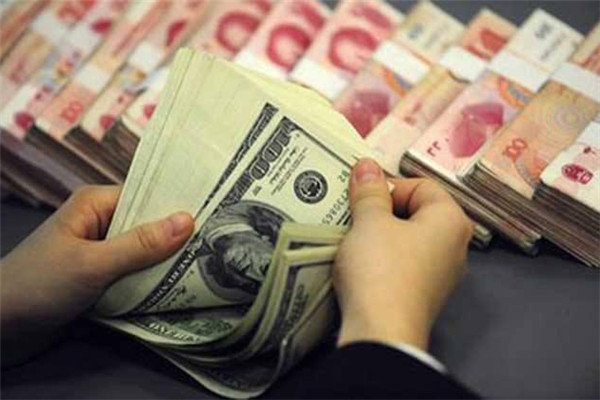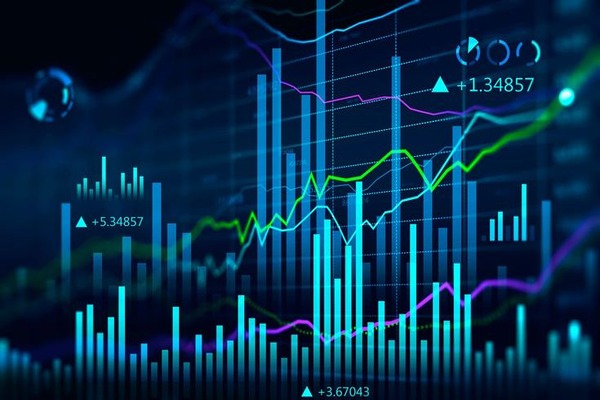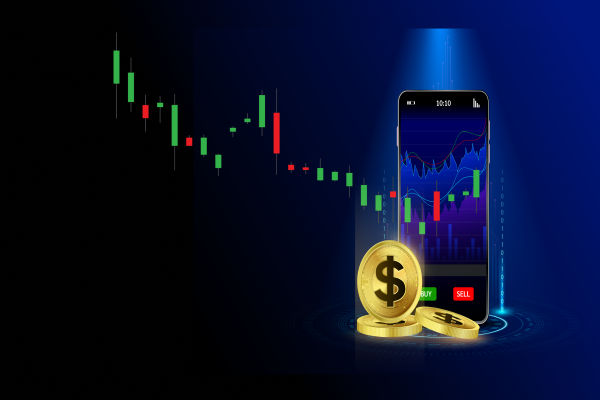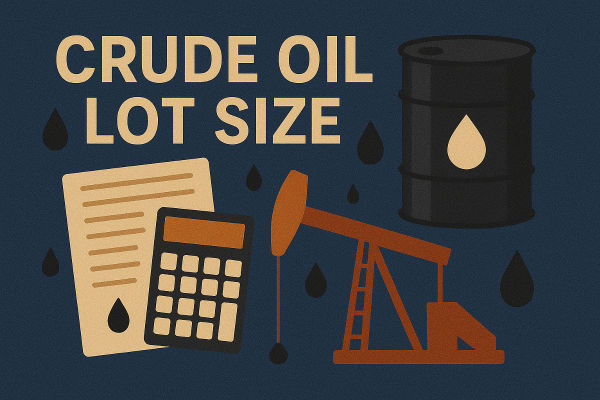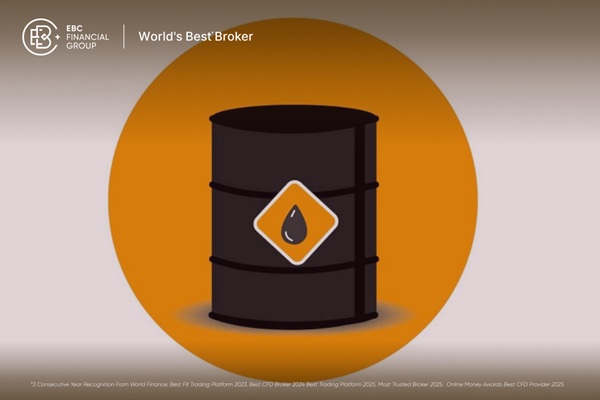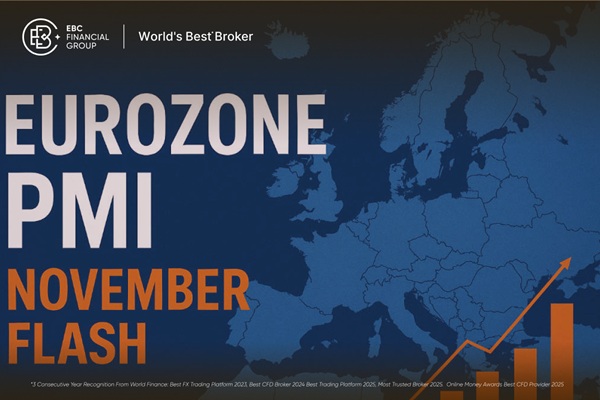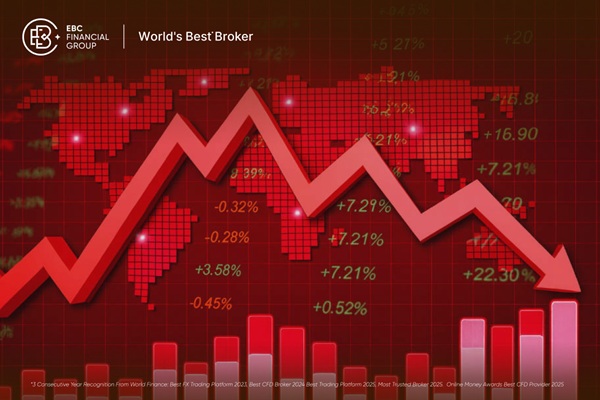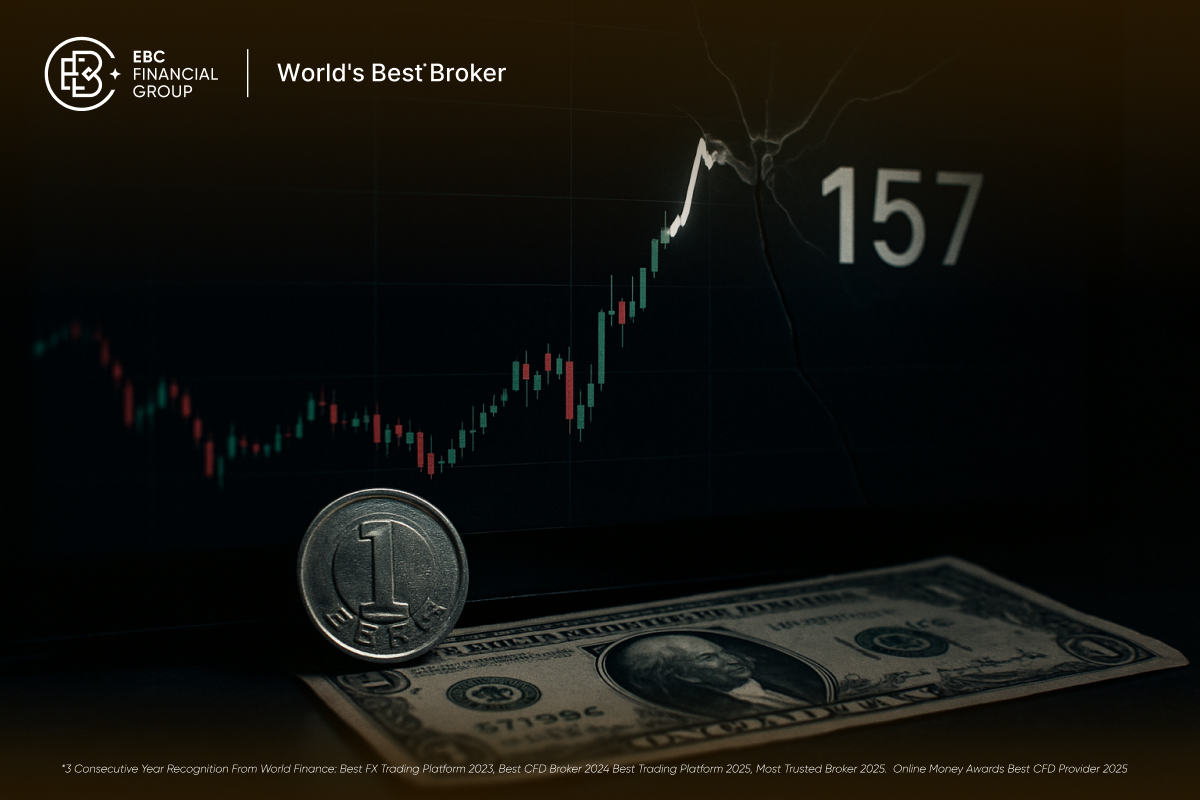One-way trading refers to the flow of funds in only one direction
during the trading process, i.e., the transfer of currency in only one
direction. In a one-way trading, one party is the buyer, and the other party
is the seller. The buyer pays the seller currency to obtain the goods or
services, while the seller provides the goods or services to the buyer.
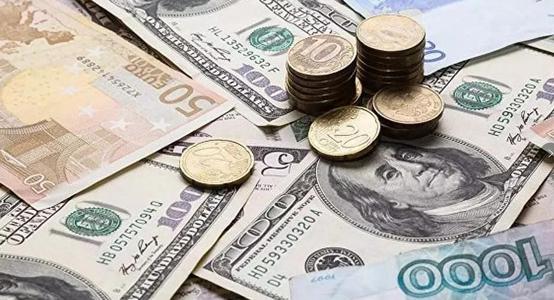
One-way trading typically occur in commercial trade, such
as purchasing goods or services. In this case, the buyer pays the seller
currency to obtain the goods or services, while the seller provides the goods or
services to the buyer. This type of trade is one-way because there is only
one direction of capital flow, from the buyer to the seller.
One-way trading can also occur in financial markets, such as stock
trading or foreign exchange trading. In this case, investors can purchase or
sell stocks or currencies, but there is only one direction of capital flow, that
is, from investors to the market for stocks or currencies.
The advantage of one-way trading is that they are simple and easy to
understand, manage, and track. However, it also has some drawbacks, such as the
possibility of causing imbalanced capital flows, which can affect the stability
of the market. In addition, one-way trading may also lead to fluctuations in
market prices, thereby affecting investors' returns.
One-way trading are not conducive to fairness in trading or
long-term cooperation between both parties. Therefore, in the fields of business
and finance, it is crucial to establish a balanced and mutually beneficial
two-way trading relationship from which both parties can gain benefits and
value.







